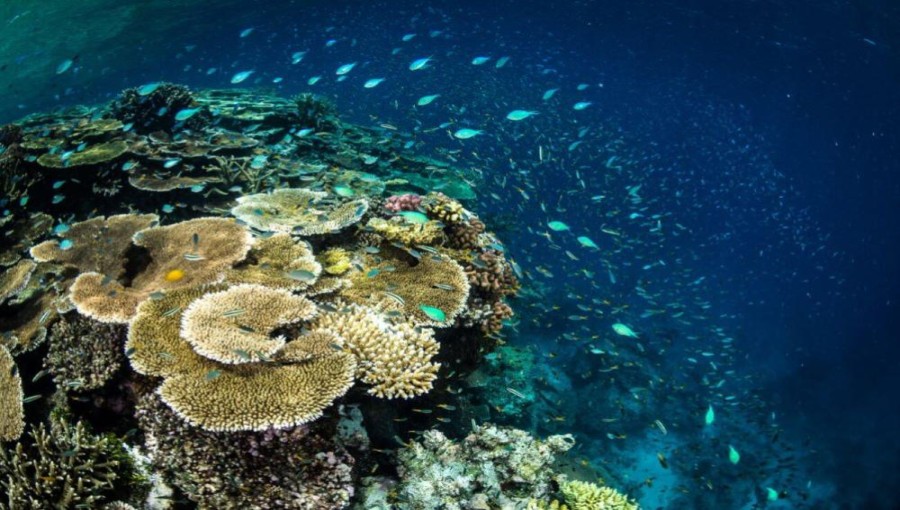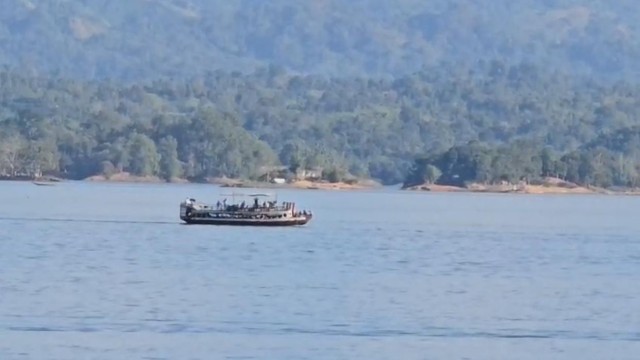Australia has launched a significant effort to address water quality issues on the Great Barrier Reef, with a US$130 million initiative aimed at reducing nutrient and pesticide runoff, improving invasive species management, and supporting better land management in vulnerable areas of the reef. This move is part of the country's ongoing attempts to protect the reef, which has been severely affected by repeated mass bleaching events due to extreme heat.
The Great Barrier Reef, known as the world's largest living structure, is home to an incredible array of biodiversity, including over 600 types of coral and 1,625 fish species. However, the reef has experienced multiple mass bleaching events, including in 1998, 2002, 2016, 2017, 2020, 2022, and most recently in 2024, leading to significant damage to the ecosystem. The latest government data shows that 81 percent of the reef has suffered extreme or high levels of damage this year, making it one of the most severe bleaching events on record.
The new funding aims to tackle some of the non-climate-related issues that are contributing to the reef's decline, such as sediment runoff, which hinders coral regrowth, kills seagrass, and blocks sunlight essential for a healthy reef. Environment Minister Tanya Plibersek emphasized the importance of this funding to ensure that future generations can enjoy the beauty and majesty of the reef.
Despite these efforts, concerns remain about the overall health of the reef, particularly in light of climate change. While the government's funding boost has been welcomed, experts like Australian Marine Conservation Society marine ecologist Lissa Schindler have stressed the need for more targeted approaches and greater action on climate change, which remains the primary threat to the reef's survival. Australia's recent commitment to carbon neutrality is a step in the right direction, but there is still much work to be done to address the root causes of the reef's decline.































Comment: